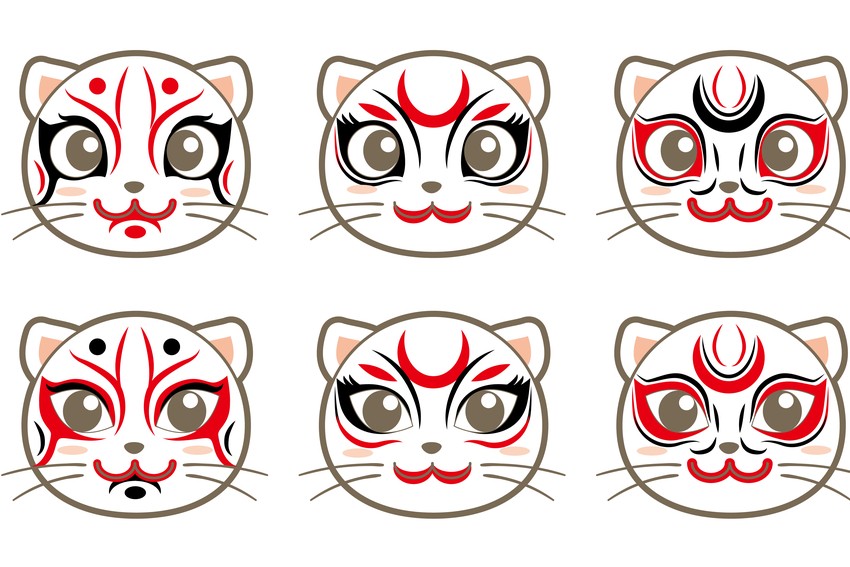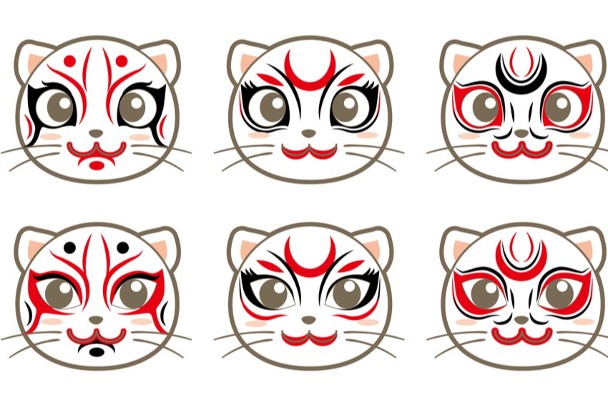Different Sizes & Roles - The Animals in Kabuki Theatre

Kabuki is filled with various animals such as small ones like birds and mice, as well as big ones like horses and elephants! All of these animals play unique parts in the plays within kabuki theatre, and all have a very important role.
Smaller animals are typically moved through the use of a black stick-like device known as a "sashigane", typically operated by the "Kouken" and "Kurogo". The kouken and kuroko are typically roles that help a performer. They help the performer change clothes and get into position, hand over items that are required, and do other such jobs.
The boar which appears in kanadehon chushingura is played by a performer wearing a Kigurumi (cartoon-character costume).
The horse that appears in sanemori monogatari is played by 2 performers who are wearing a kigurumi. The saddle placed on top of the horse is the real thing, and a real performer rides atop the horse, which can make it very heavy for the 2 performers inside of the suit. The gross weight can exceed 100kgs in certain situations. We can't even imagine just how difficult playing the role of the horse is for the performers... The names of the people who perform these roles are typically not found on the posters or leaflets for the show, but they are certainly integral to the performance as a whole.
One of the kabuki jyuhachiban (18 productions from the beginning until the 4th generation of Ichikawa Danjūrō), "Zoubiki" shows the main character fighting against the main villain of the story and eventually proving his strength by lifting an elephant. It's the story of the character Sogano Iruka bringing the elephant to the Fujiwarano Kamatari House Yamakami Gennaizaemon. The person who brought the elephant in the previous story is Sogano Iruka who is fighting with the servent of the Fujiawarano Katamari known as Yamakami Gennaizaemon. On stage, the elephant is played by 2 performers in costume who lift an elephant plushy up together.
Expressing Animals on Clothing
”Sagi Musume" is a kabuki performance where a heron appears as a human child. From the initial white kimono to the final sprite of fraud, the actor playing the role changes clothes throughout, using a technique known as "hikinuki". While both pieces of clothing are extremely impactful, the final change where the actor changes into a heron with wings will make you hold your breath.
"Sugawara Denju Tenarai Kagami" is a play where the character "Umeō-maru" wears a haori (Japanese formal coat) with a hawk embroidered onto it known as "konjini yukimochinomatsu to takanui haori". To protect his son Sugawara who he is indebted to, he sacrifices his beloved child, showing the determination of Umeō-maru through the design of the yukimochi.

Comments